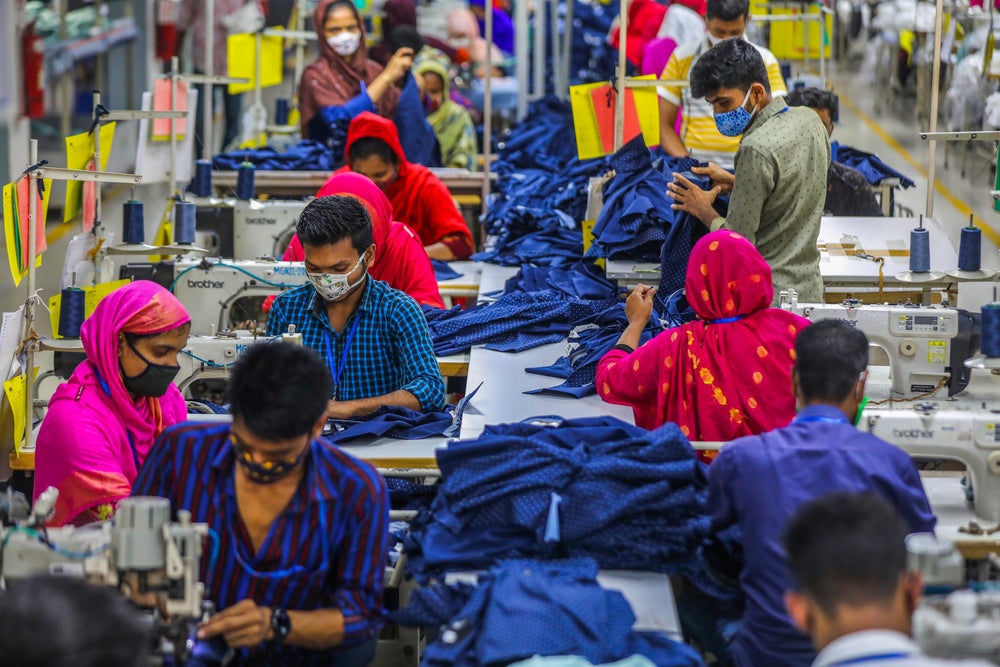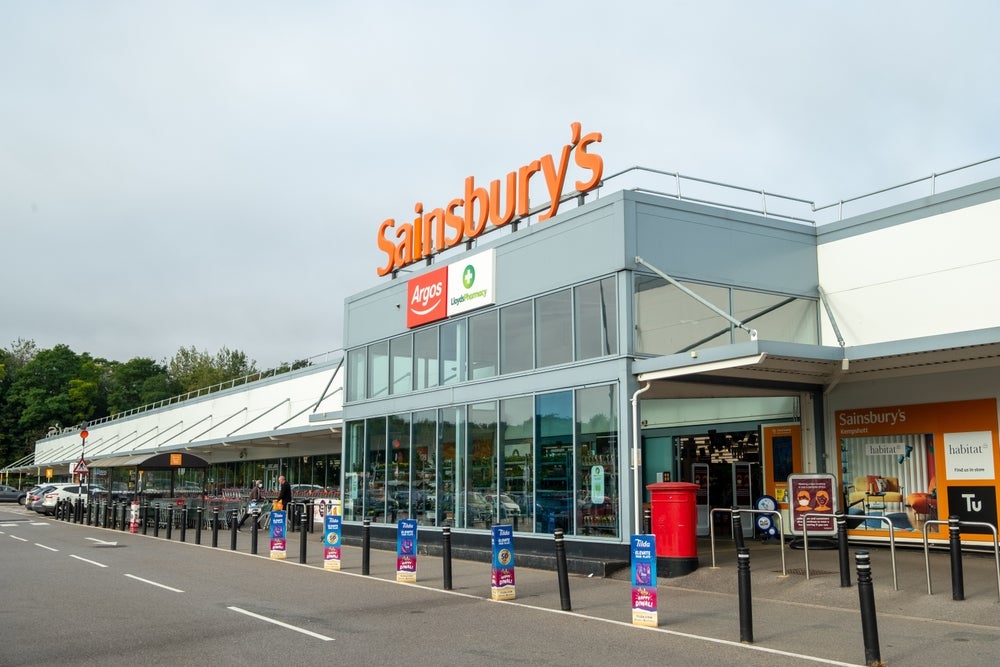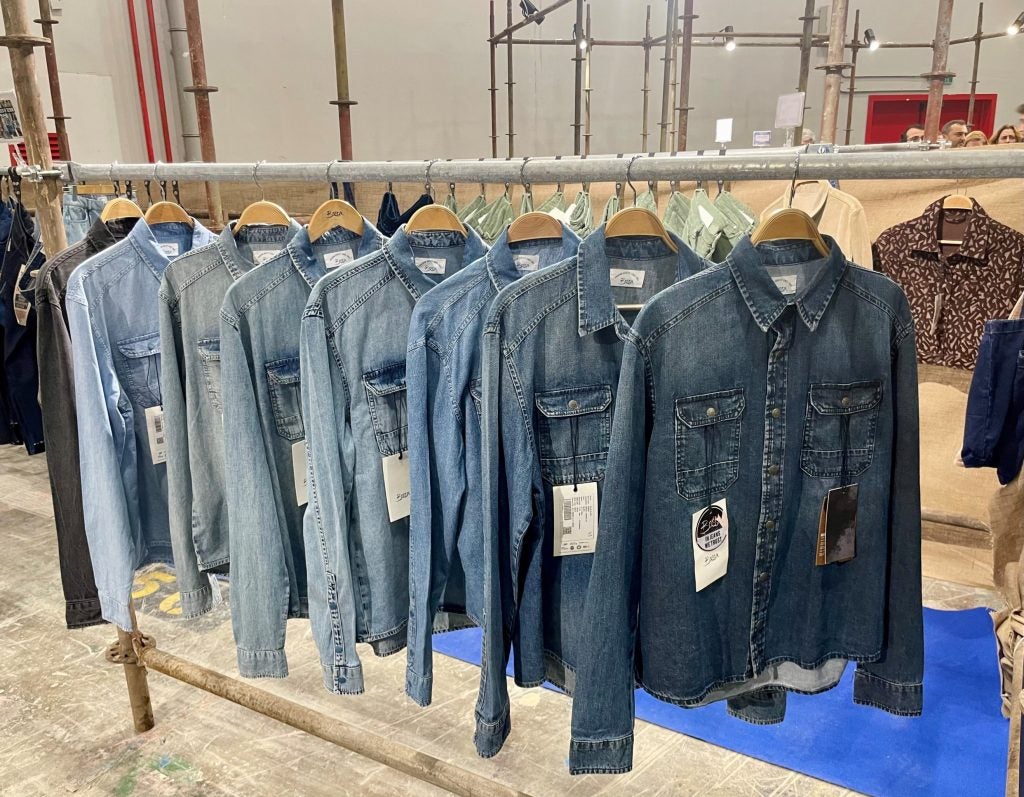
Covid lockdowns, rising costs and inflation are all taking their toll on the clothing and footwear sector, according to a new report from GlobalData: ‘Inflation Outlook. Understand the impact of inflation on the world economy and key sectors’.
In 2019, the clothing and footwear sector in the UK accounted for 15.8% of total expenditure, the second largest share, behind food and grocery (44.9%). This, however, dropped to 14.5% in 2022, driven in part by the rise in inflation.
“Covid lockdowns led to negative growth in 2020 and strong growth in 2021 as stores opened and performance was up against weak comparatives,” the report explains. “But what signifies 2022 is that inflation is driving growth while volumes are negative. Q1 2022 was going up against the lockdown period of 2021 and so year-on-year growth was high, boosting the full-year figure. Overall non-food for the full year is positive in terms of value, but this is only because Q1 grew at 18%. The rest of the year will see sales fall by 2.6%.”
Consumers are very aware of costs rising, not just from their own experience, but also widespread media coverage, and are already taking measures to save. Trading down to cheaper products and buying less are just some of the major strategies for cutting back. For many low-income households, the report predicts that discretionary income will fall to zero, and for many more, spending on nonessentials will require a lot more consideration.
Data from the report shows that in the clothing and footwear category, the more affluent (AB) consumers are less likely to change their shopping habits (53.2%), or trade down, much more than other income groups, and also older age groups (who probably buy less clothing and footwear anyway).
See Also:
With Q1 beginning positively as covid retreated and economies opened up, the invasion of Ukraine by Russia has now let to increased energy and oil prices. As the year progress, the report predicts inflation will increase, with Q4 – the so-called “golden quarter” – expected to be challenging for retailers as inflation peaks for consumers.
How well do you really know your competitors?
Access the most comprehensive Company Profiles on the market, powered by GlobalData. Save hours of research. Gain competitive edge.

Thank you!
Your download email will arrive shortly
Not ready to buy yet? Download a free sample
We are confident about the unique quality of our Company Profiles. However, we want you to make the most beneficial decision for your business, so we offer a free sample that you can download by submitting the below form
By GlobalData“Just as we saw in the last recession, value for money (not just price) becomes ever more important, and the pressure on mid-market retailers will become even more intense as shoppers look to trade down.”
The report offers a number of retailer strategies to help the consumer, including offering resale services – something that has grown exponentially in the last few years. This week, value clothing retailer Primark moved into the resale market in the UK through a partnership with the Vintage Wholesale Company.
While PVH Corp’s Tommy Hilfiger brand has also just launched a new resale programme in the US as part of its bid to become fully circular, with online resale platform Thredup.







